Author: Matt Del Fiacco
One of most commonly cited brewing faults responsible for unpalatable beer is inappropriate fermentation temperature, and for the most part, the concern is on making sure fermenting beer doesn’t get too warm. This is especially true for lagers, which are believed to require temperatures around 50°F/10°C or lower in order to avoid undesirable off-flavors. Indeed, various past xBmts have called this idea into question, nearly all of which compared lager beers fermented at traditional temperatures to ones fermented at ale temperatures, a delta of about 20°F/11°C.
Reactions to the aforementioned results ranged from interested disbelief to self-serving proof of Brülosophy’s evil and dishonest plot to topple the brewing establishment. It makes sense. Brewers have been fermenting lagers cool for centuries, and results questioning such convention ought to be scrutinized. Curiously, Kveik yeast, which is purported to ferment cleanly at temperatures far warmer than typically accepted, seems to have received general acceptance among brewers. One such example that was recently released by Bootleg Biology is OSLO, a strain reportedly sourced from a raw beer made by a couple Norwegian brewers, which has the following description:
OSLO can comfortably produce beautifully clean, lager-like beers at temperatures as high as 98°F/37°C without noticeable off flavors.
At nearly 50°F/27°C warmer than commonly accepted lager fermentation temperatures, the idea that OSLO could be used to produce beers with the clean, crisp character expected in most lager beers is perplexing. However, users of this unique strain have been reporting positive results, many of whom are using it to ferment otherwise standard lager styles at strikingly warm temperatures. As a lager lover who has loosened my grip a bit on fermentation temperature dogma, I was interested see how clean OSLO would be fermented warm and decided to compare it to a version fermented cooler.
| PURPOSE |
To evaluate the differences between a lager style beer fermented with Bootleg Biology OSLO Kveik yeast at either 64°F/18°C or 98°F/37°C.
| METHODS |
Given OSLO’s purported ability to ferment a clean lager at warm temperatures, I went with a simple Helles Exportbier for this xBmt in hopes of accentuating any impact of the variable.
Sauna
Recipe Details
| Batch Size | Boil Time | IBU | SRM | Est. OG | Est. FG | ABV |
|---|---|---|---|---|---|---|
| 5 gal | 90 min | 20.6 IBUs | 3.9 SRM | 1.053 | 1.006 | 6.1 % |
| Actuals | 1.053 | 1.007 | 6.1 % | |||
Fermentables
| Name | Amount | % |
|---|---|---|
| Barke Pilsner (Weyermann) | 9.625 lbs | 98.09 |
| Melanoidin (Weyermann) | 3 oz | 1.91 |
Hops
| Name | Amount | Time | Use | Form | Alpha % |
|---|---|---|---|---|---|
| Hallertauer Mittelfrueh | 33 g | 60 min | Boil | Pellet | 4.7 |
Yeast
| Name | Lab | Attenuation | Temperature |
|---|---|---|---|
| Oslo (BBOSL-OSLO) | Bootleg Biology | 81% | 75°F - 98°F |
Notes
| Water Profile: Ca 54 | Mg 11 | Na 25 | SO4 81 | Cl 65 |
Download
| Download this recipe's BeerXML file |
I started my brew day by collecting two similar volumes of water then turning on the elements to heat them up.
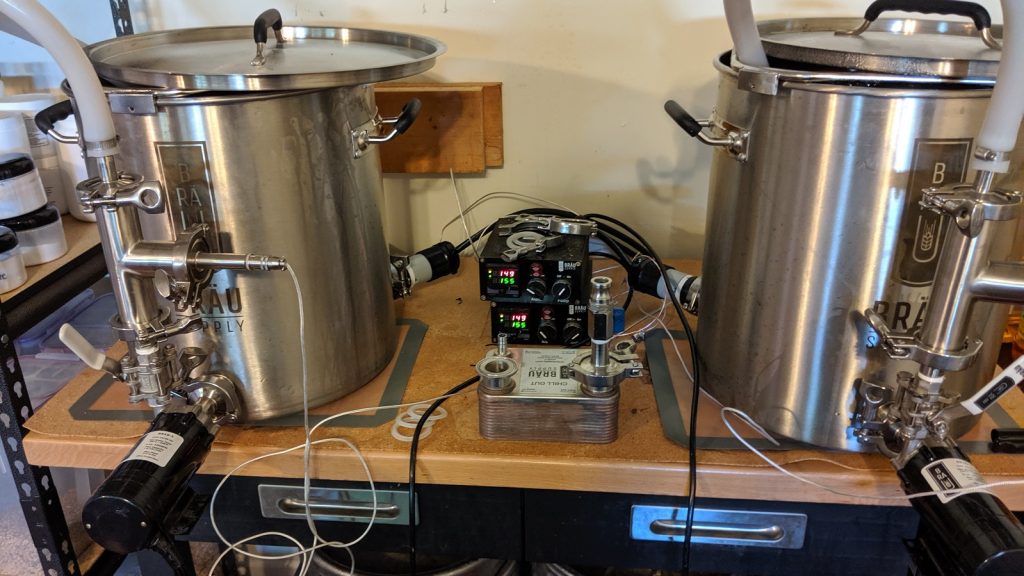
Next, I weighed out and milled two identical sets of grain.
Once strike temperature was reached, I stirred in the grains then checked to ensure each batch was at the same mash temperature.
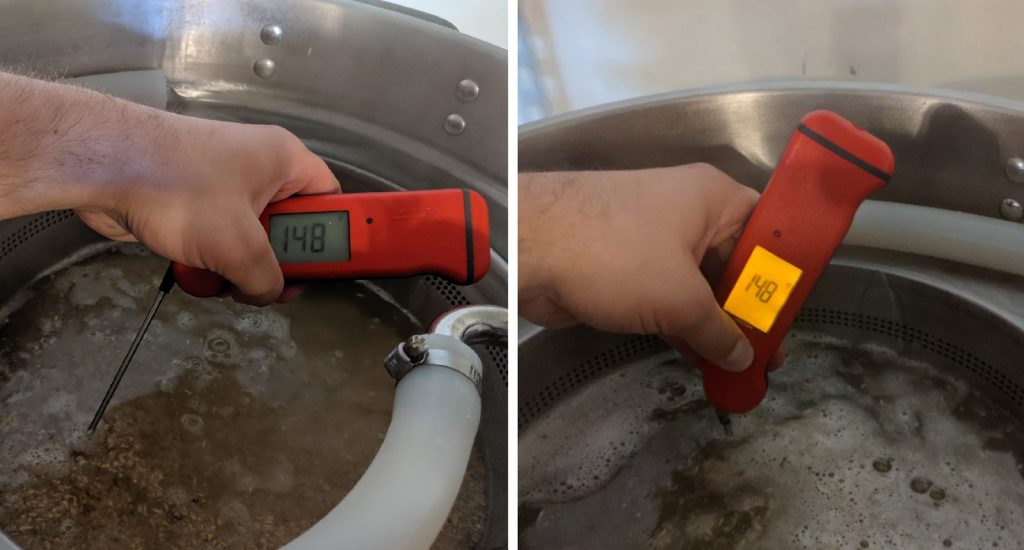
Twenty minutes into each mash rest, I took samples for pH measurement and found they were identical.
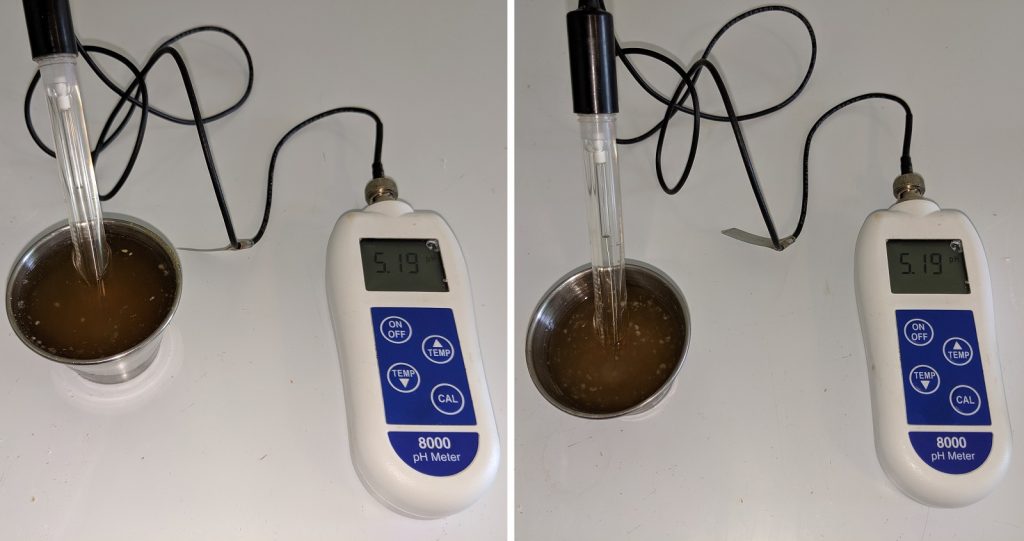
When each 60 minute mash was complete, I removed the grains and brought the worts to a rolling boil.
When the 60 minute boils were finished, I transferred the worts through a plate chiller to identical fermentation vessels, one of which was placed in a chamber controlled to 64°F/17°C while the other went into a 98°F/37°C chamber.
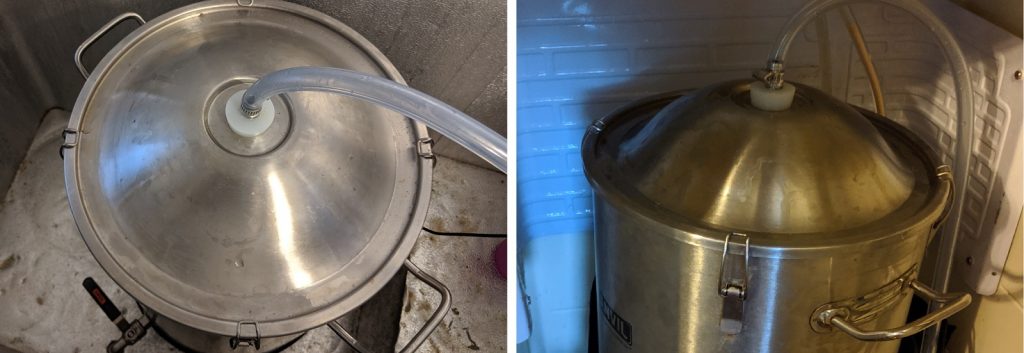
Hydrometer measurements showed the worts hit the same target OG.
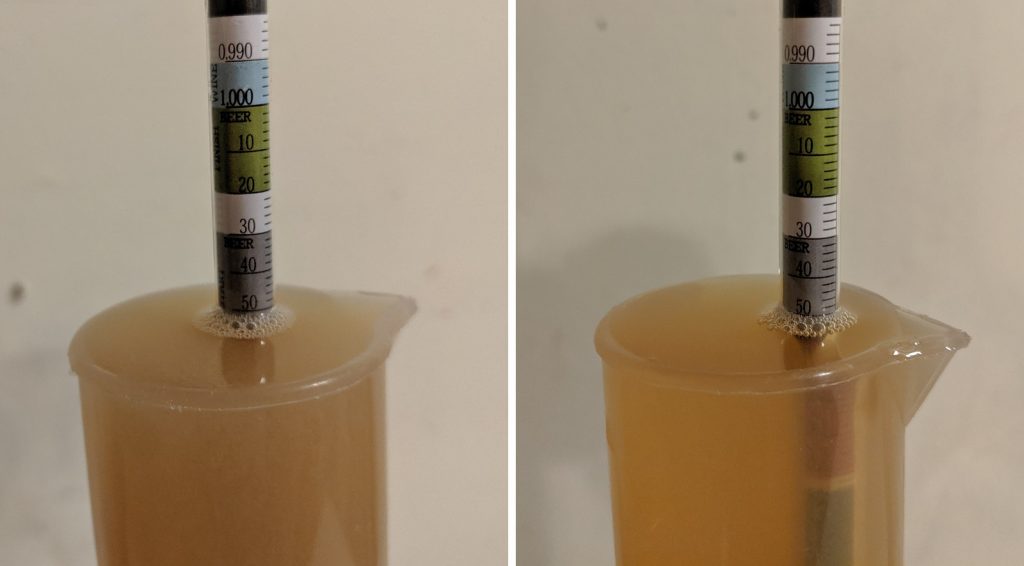
It took 6 hours for the worts to stabilize at their respective temperatures, at which point I pitched a pack of OSLO into each.
While both beers quickly showed signs of active fermentation, the warm ferment batch predictably beat the cool ferment batch to the punch by a few hours. After a week, activity was absent so I took hydrometer measurements showing the beer fermented cool finished 0.004 SG higher than the warm ferment beer.
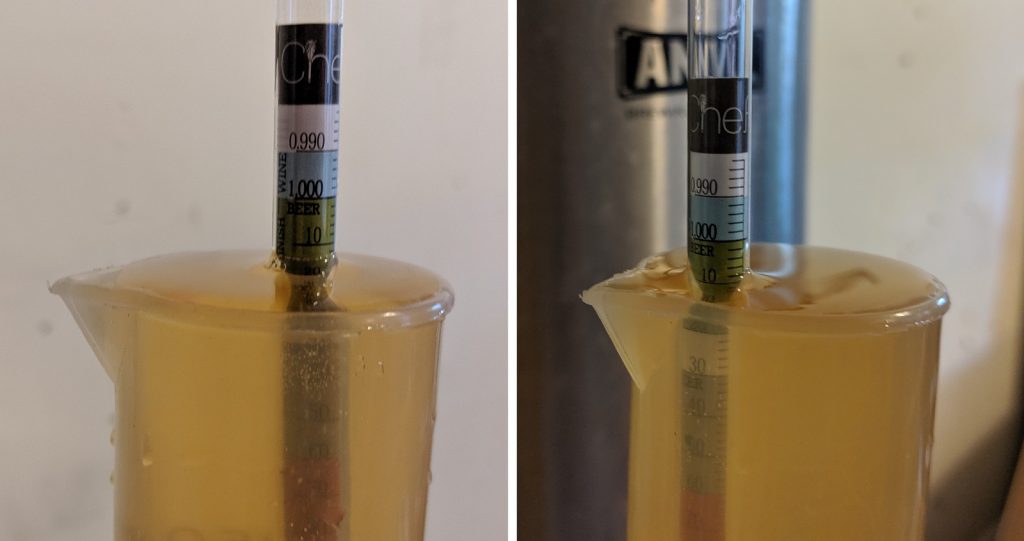
At this point, the beers were racking into sanitized kegs.
The filled kegs were placed in my keezer where they were burst carbonated and allowed to condition for a week before being served to tasters.
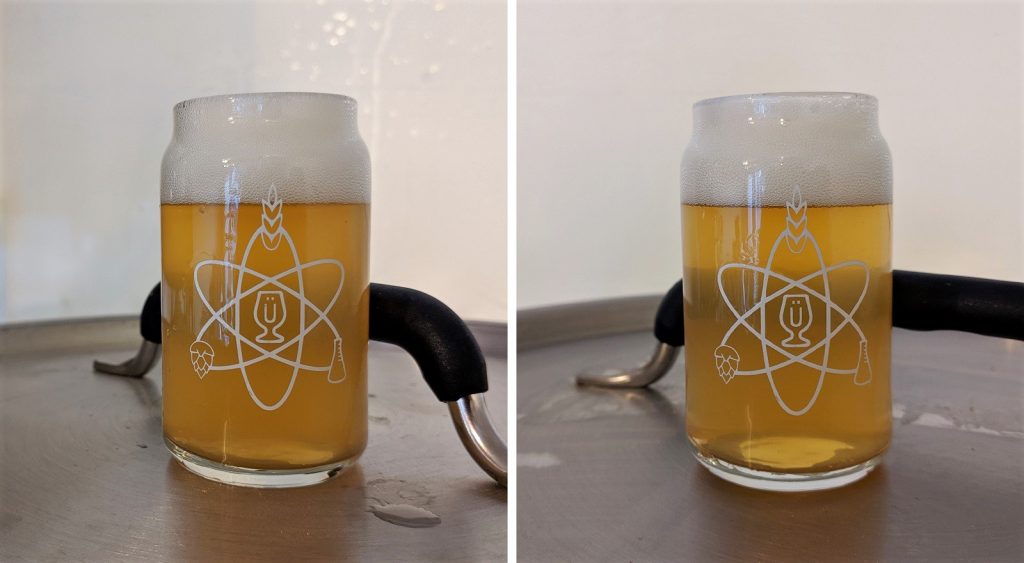
| RESULTS |
A total of 22 people of varying levels of experience participated in this xBmt. Each participant was served 1 sample of the cool ferment beer and 2 samples of the warm ferment beer in different colored opaque cups then asked to identify the unique sample. At this sample size, 12 tasters (p<0.05) would have had to identify the unique sample in order to reach statistical significance, while a total of 13 (p=0.012) did, indicating participants in this xBmt were able to reliably distinguish a Helles Exportbier fermented with Bootleg Biology OSLO yeast at 64°F/18°C from the same beer fermented at 98°F/37°C.
The 13 participants who made the accurate selection on the triangle test were instructed to complete a brief preference survey comparing only the beers that were different. A total of 7 tasters reported preferring the cool ferment beer, 4 liked the warm ferment beer more, 1 had no preference despite noticing a difference, and 1 reported perceiving no difference.
My Impressions: I attempted 5 semi-blind triangle tests and identified the odd-beer-out every time with relative ease. While I didn’t perceive either of these beers as being necessarily lager-like, I was startled by how clean both turned out to be. To me, the warm ferment beer had a more floral aroma with perhaps a touch more ester character, though far less than I’d expect for a beer fermented at 98°F/37°C. The cool ferment beer, on the other hand, had a more noticeable malt flavor with hints of the same fruity character, just a bit more subdued.
| DISCUSSION |
The temperature at which beer is fermented has been deemed one of the most important aspects to creating a quality product, leading many brewers to integrate methods of controlling the temperature of their fermenting beer. Whereas it’s typically recommended to ferment ales around 68°F/20°C, lagers are traditionally fermented much cooler to avoid stylistically inappropriate esters. However, Bootleg Biology’s latest Kveik strain, OSLO, is purported to produce clean lager-like beers when fermented as outrageously high as 98°F/37°C. The fact tasters in this xBmt were able to reliably tell apart pale lagers fermented with OSLO at either 98°F/37°C or 64°F/18°C suggests that fermentation temperature did have a perceptible impact.
What makes this result so interesting is that OSLO is marketed as a strain that produces lager-like cleanness even when fermented very warm, leading one to wonder what the nature of “clean” is in regards to this yeast. In follow-up conversations with tasters, some noted both as having a slight fruitiness that was a bit stronger in the warm ferment version, which likely contributed to their perceptible difference. Furthermore, while both beers were generally well received by tasters, many of whom were caught off-guard once learning how warm they were fermented, none felt either accurately represented a more traditionally fermented Helles Exportbier.
I thoroughly enjoyed both of these beers, despite perceiving neither as being very lager-like. Having used other types of Kveik yeast in the past, I will say that OSLO did seem to produce a generally cleaner beer in comparison, which I think makes it ideal for brewers who might not have the means to control fermentation temperatures. While I was pleased with the way both of these xBmt beers turned out and will use OSLO again in the future, I’m compelled to stick with traditional lager strains when making lager styles, as even when fermented at ale temperatures, they still produce the character I expect.
If you have any thoughts about this xBmt, please do not hesitate to share in the comments section below!
Support Brülosophy In Style!
All designs are available in various colors and sizes on Amazon!
Follow Brülosophy on:
FACEBOOK | TWITTER | INSTAGRAM
If you enjoy this stuff and feel compelled to support Brulosophy.com, please check out the Support page for details on how you can very easily do so. Thanks!

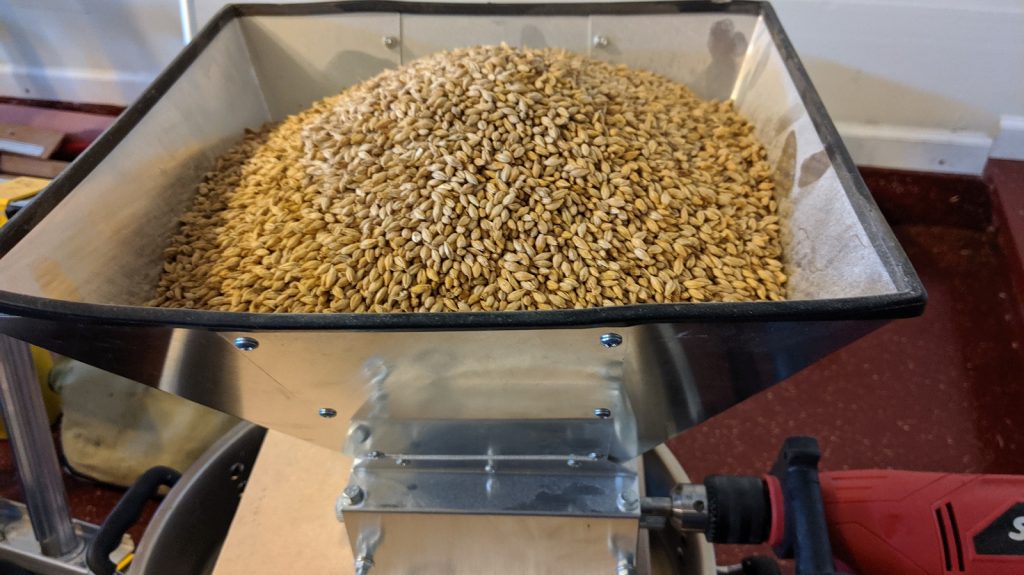
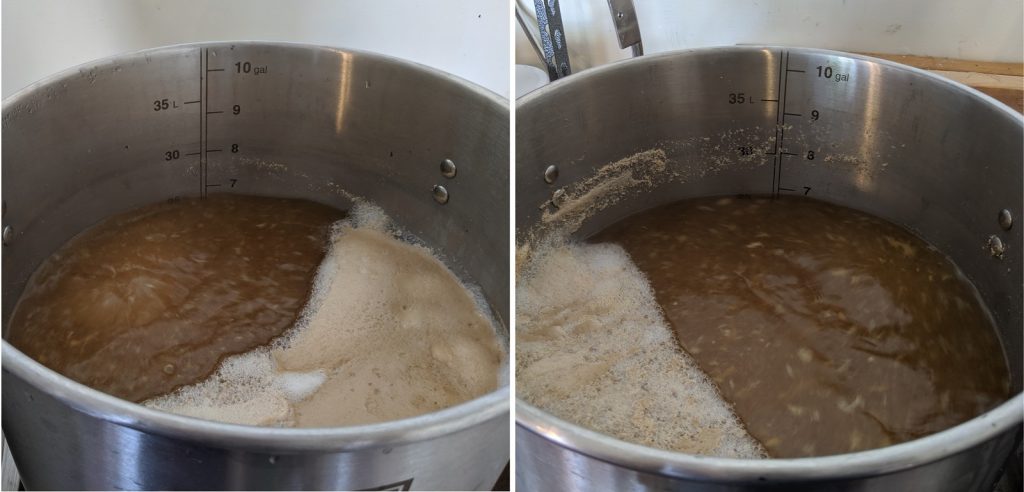
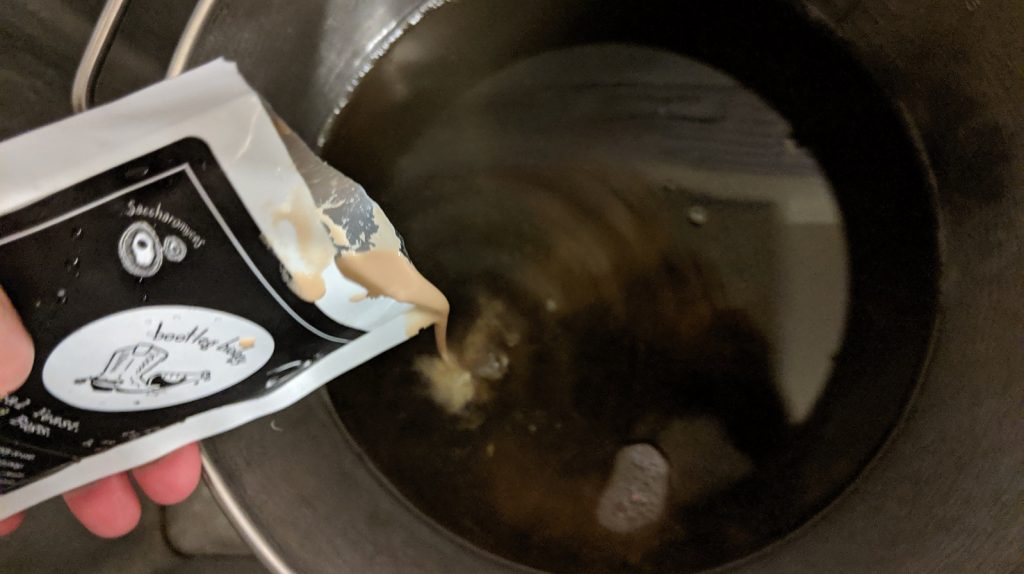
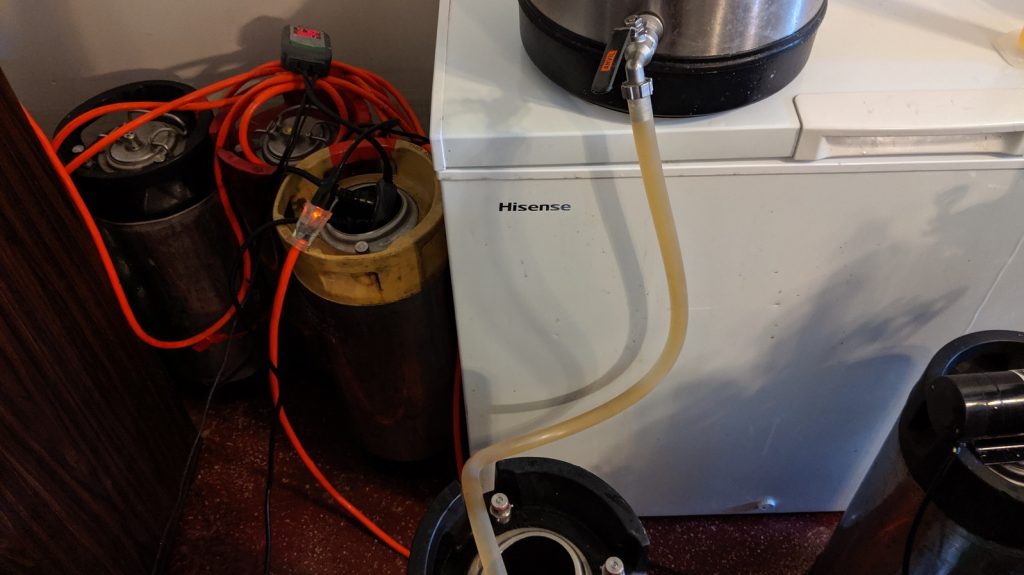










13 thoughts on “exBEERiment | Fermentation Temperature: Bootleg Biology OSLO Kveik Yeast In A German Helles Exportbier”
Great experiment as usual. The more I hear and read about this kveik strains, the more I’m convinced these strains aren’t as “clean” as hyped up to be. Although almost everyone reports them having no off flavors/aromas, they certainly all seem to have their own unique character, as they should. I think using them in highly hopped beers masks their character somewhat or maybe enhances those styles. But for more traditional lower hopped beers their character get pushed to the forefront and maybe isn’t appropriate for every style. Xbrmts like these prove to me what I’ve found to be true over my years of brewing. Yeast choice is one of the most important aspects of recipe development and can make a beer bad, good or great. Thanks for your work Matt!
I used it in a farmhouse ale it turned out really clean let couple friends try it who don’t drink craft beer they thought was better than the beer they buy from the beer store
I wonder if over-pitching kveik and pressure fermentation would have mitigated the esters and made the beer more lager-like. The further down the rabbit hole I go in this hobby the more I realize the finished product is 80% process and 20% ingredients.
Based on your description of the final beers, it sounds like a great yeast to use for a Kölsch.
i was planning to do that. i also used oslo in a cider
Nice experiment! For me, the issue with lagers is that when I ferment with traditional lager yeasts (no matter the fermentation temperature), I get a weird floral/soapy off flavor in the end product. What’s worse is that among my friends and fellow brewers, I’m the only one that tastes it. ;(
Oslo doesn’t produce that, so it’s been my go-to for lagers and lager type beers. The ease at which it can be stored and propagated add to its utility for me, too.
I also found it interesting that it attenuates a little less at cooler temperatures.
@JMS What do you think of coriander/cilantro? You being able to taste a soapy taste but others not sounds like the way around 15% of the population taste coriander/cilantro as soapy, which has been linked to certain genes like OR6A2 – Google it.
In beer it tends to be more associated with particular hops – Centennial is one that some people find soapy.
I made an OSLO Festbier recently, fermented at 85ºF. At first I wasn’t entire sure how lager-like it was, but as it’s had a week and change in the keg it gets more and more lagery. Even my friends who tried it a few days apart mentioned it had gotten a lot more lagery, I think it just needs a hot minute conditioning in the keg to get there all the way.
I’ve brewed a couple times with this yeast now (Vienna Lager and Cream Ale). I can definitely say that although it is done fermenting rather quickly that it takes weeks, up to a month before it reaches the mythical “lager-like” state. I don’t know how others are turning over Oslo beers so quickly, in my experience it kicks out weird flavors for the first couple weeks that will clean up eventually. Definitely a great tool to have in the tools box, leave it on the porch in the summer and don’t worry about it, keg it after 10 days to a week and let it chill for a few more weeks and you will have some damn fine beer.
I believe the term “clean” is being used to say no acetaldehyde or noticeable fusels. Which, in and of itself can make for a tasty beer. However, those two characteristics typically associated with too warm fermentation are not the only symptoms. When I think of a true clean lager, I look not only for the absence of esters and fusels, but also drinkability. Even high ABV lagers like doppelbock and maibock have a drinkability about them that ale yeast can’t produce. Lagers are dangerous beers due to their balance, cleanliness on the palate, and quaffability. If kviek can accomplish that at 98, sign me up!
I honestly don’t find Doppelbock (or even Maibock) all that “drinkable”/”quaffable”. I generally find high-ABV-lagers very heavy and mostly one-dimensional, with a very strong malt character and little else to show for.
The high-ABV-ales of Belgian (or Belgian-inspired such ales) are much more lively and inviting to me.
Don’t get me wrong: if you find these beers so quaffable, I’m not going to argue over your perception. I’m just saying that my perception is very different.
well since I failed to plan correctly for football season, I’m going to take a shot at a marzen-ish beer with oslo. I think I’m also going to go more SO as mentioned in the Vienna podcast to help with the crisp feel.
Very cool exbeeriment!
What I think is lacking here is “control group”. Something like true lager compared with those OSLO lager-like beers. Also using exactly same wort would eliminate one more variable.
Nonetheless, I enjoyed reading that and now I think of brewing some lager-like beer 😀